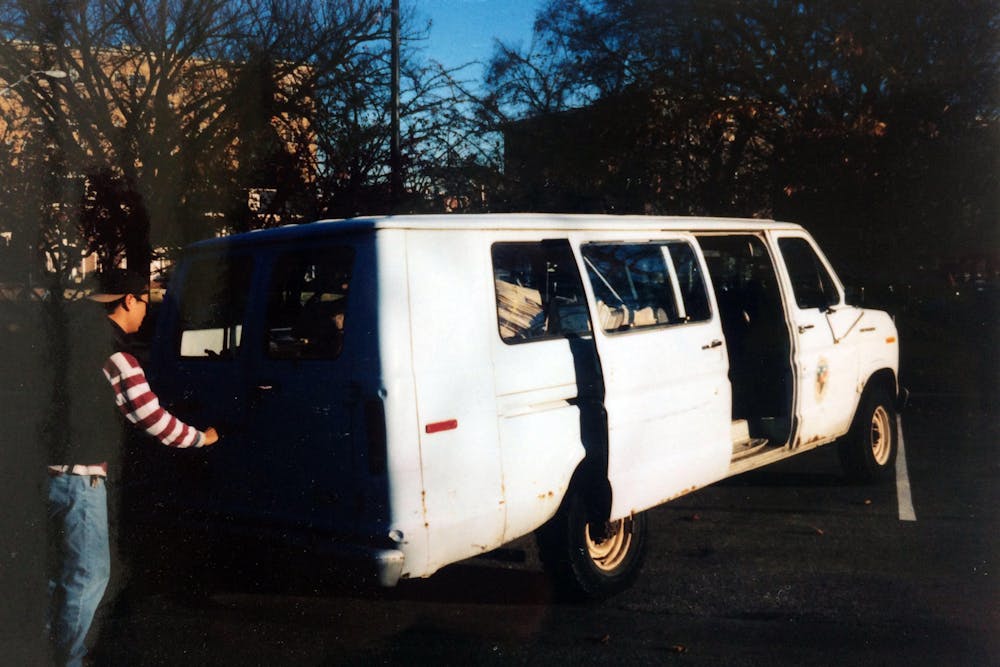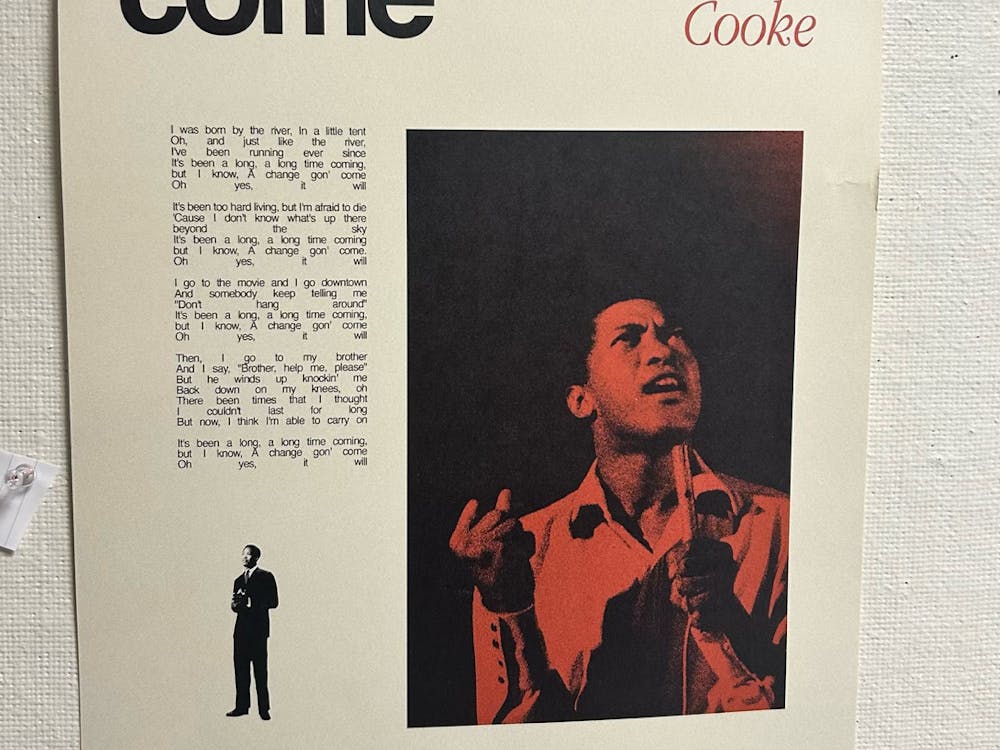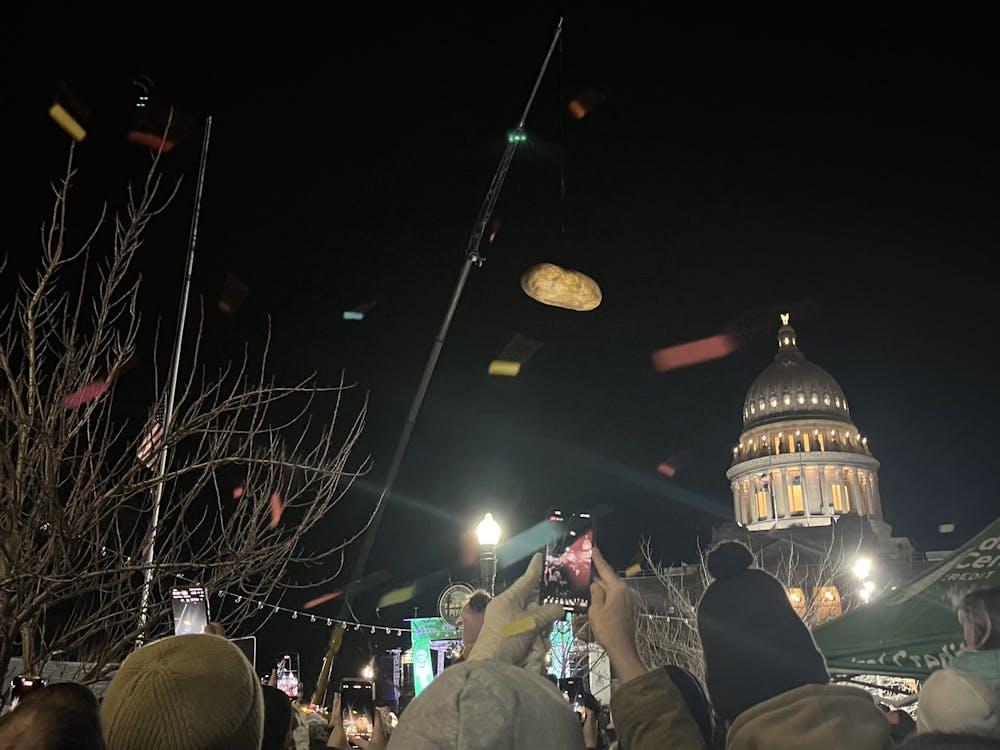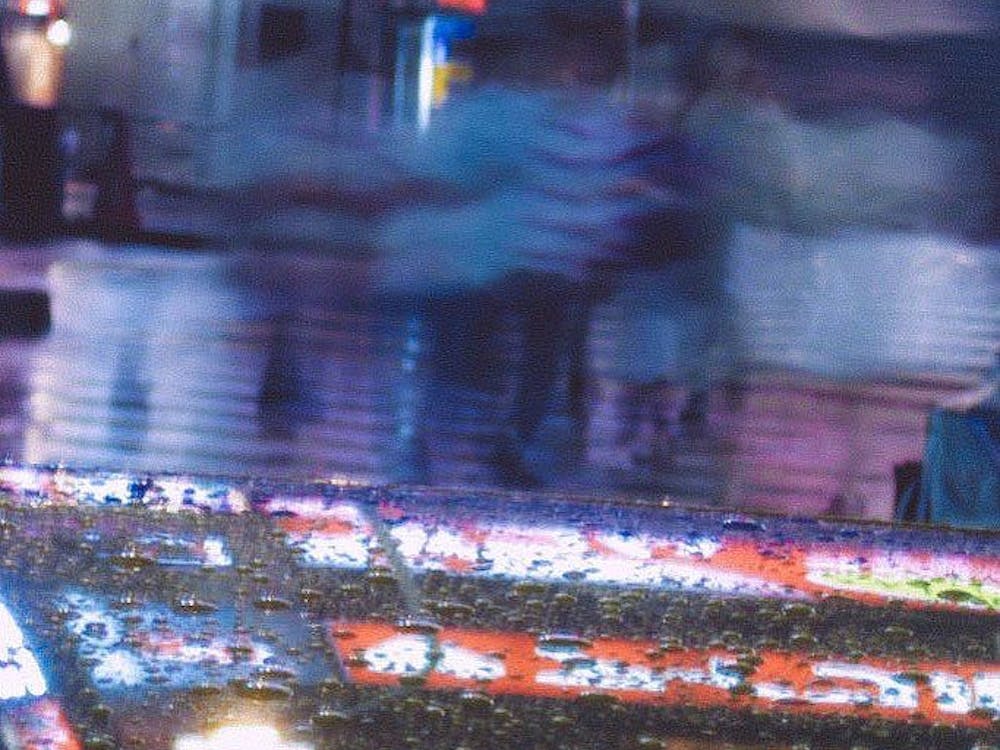Attending Hopkins was among the most important experiences of my life. For the first time, away from the protective — and irresistible — constrictions of my family, I took myself and the world seriously; I worked hard and nearly up to my potential; I met new people and learned new things; I was advised by intelligent and caring friends and teachers, who, unlike family members, were not obligated but had chosen to take an interest in me and my welfare; and I made decisions about my future — decisions that I have certainly questioned on occasion, but from which I have never significantly deviated.
In short, the life I have been living for more than 65 years began on Homewood Campus. Isn’t that the way it’s supposed to be? Isn’t that what college is all about? Or am I just sublimely fortunate?
An integral part of that “good fortune,” if that’s what it was, continues to be The News-Letter. Part of the learning and growth that occurs — or should occur — in college takes place outside of the classroom and the library, on campus, with friends and by participating in non-academic activities. Even though I was a commuting student who worked on weekends, destined to have little to no campus life, suddenly, there was The News-Letter and everything changed.
Once I joined the paper, whenever I was on campus, if I was not in class or in the truly wondrous Gilman Hall library, odds were that I was in the Merrick Barn, where The News-Letter’s offices were, studying, talking or working on an article. Feeling comfortable.
I joined the paper because of Howard Waskow, another Baltimore commuter whom I had known for many years and who had been a year ahead of me in high school. Most importantly, he was a Sports Editor for the News-Letter.
We were in the same introductory history course and saw each other several times a week. Howard knew that I had been the news editor of our high school paper, and a week or two into the semester, he suggested that I work on The News-Letter. I had given no thought to any non-academic activities, but as soon as Howard pointed me toward The News-Letter, there was no question that I would become a staff writer, which, to my benefit, meant that he and I would be together much more frequently and that our friendship would deepen.
In fact, it was Howard and a mutual friend from high school, Eric Belgrad, who began the task of elevating my music taste by introducing me to Beethoven’s exquisite string quartets while we were supposed to be studying for a history final. I hardly realized at the time that my out-of-class undergraduate education had begun.
Publishing the paper was a complicated and labor-intensive process, as I learned in my first week. In those days, long before computers, The News-Letter was printed by “photo-offset,” a process that required a fully laid out, camera-ready mockup from which plates could be made for the press. The paper came out on Friday morning, and later that day, stories were assigned to reporters by the various editors. Typewritten versions ready for editing were due the next Tuesday afternoon.
Editors and other staff members began assembling at the Barn by mid-afternoon on Tuesday and started to copy read and edit the stories that had been submitted. Because I had bragged about my knowledge of grammar, appreciation for “good writing” and high school editing experience, I was assigned to the copy desk before I had even written an article. Our job was to correct errors, suggest where submissions could be cut if necessary and compose headlines and subheadings, all under the watchful eye of the Copy Editor.
The Editors-in-Chief and the Advertising Manager had already laid out the paper, and we knew how much space had been allotted for each article. Invariably, some submissions were late (some did not appear at all), and some were too long. Occasionally, there were holes that needed to be filled, generating scrambles for substitute copy. Once the copy editing was completed and the holes were reasonably filled, usually after 10:00 p.m., the corrected typescripts were driven by one of the editors to the printing house, Garamond Press, on the fringes of then-downtown Baltimore.
Sometime the next day, long strips of galley-proofs were ready, and one or two of the editors went to Garamond, cut the galley proofs and pasted them on the full-sized, marked-up dummy pages. Returning to Homewood, we waited for the printed papers to be ready for distribution on Friday. And then the process started all over again.
While the edited copy was on its way to Garamond, the remaining staff members went to Bonnie’s Italian Restaurant on N. Charles Street, just above North Avenue, which, as I soon learned, was the post-editing practice. We were eventually joined by the editor(s) who had made the print run. Despite being fatigued and hungry, we always waited until everyone had arrived to order.
My first trip was a memorable part of my induction into The News-Letter. I was studying the menu, and everyone else ordered pizza, which, in my culinary naivete, I had never heard of and was reluctant to try. I ordered lasagna and was asked, “Why aren’t you having pizza?” Not wanting to reveal my ignorance, I said, “One of my parents’ neighbors is from Italy and often gives us some when she makes lasagna for her family. I want to see if this is as good as hers.”
When the food arrived, as soon as the lasagna was put in front of me, everyone else took a spoonful and spread it on his pizza, leaving less than half for me. When I was asked if the lasagna was as good as my neighbor’s, I replied, “I don’t know; you didn’t leave me enough to taste!” While we were laughing, three or four slices of pizza, each with different toppings, appeared in front of me, compensatory donations from my new colleagues; I was thanked for my good-natured generosity — and almost brought to tears of gratitude and relief.
I was soon assigned my own stories, usually small News articles, but my principal contribution to the paper continued to be proof reading.
One of my early articles reported on a presentation by University President Milton S. Eisenhower on The Johns Hopkins Science Review, an award-winning, weekly television show that was one of the longest-running programs from the early days of commercial television (it started in 1948) that by then was broadcast on Sunday afternoons. (A recent issue of the Johns Hopkins Magazine featured an article about The Science Review.)
I recall only two things about my article: first, that President Eisenhower mispronounced epitome, saying “epi-tome,” at which I brazenly wagged my finger at him and disapprovingly shook my head; he saw me and frowned; and second, that one of the subheads in the published article read “Uncle Miltie Steps In,” an impolitic reference to the extremely popular slapstick and lowbrow comic Milton Berle, who was known as the “King of Television.”
On another occasion, we published an article about a speech Eisenhower had made to an alumni group (I don’t know how we knew) in which he said something very much like, “The undergraduate newspaper is a cross every university president must bear.” I wanted the headline to read, “Crown of Barbs. Nails of Words,” but we probably took the more direct route of “Crown of Thorns.” Needless to add, the president was not pleased.
The next year, 1955-56, I began to suggest topics of my own, and by the spring was elevated to the editorship of the feature pages, a status that meant that I wrote most of the feature articles. I was very pleased with the title and the recognition. During my term as editor, feature articles tended to be about off-campus subjects.
One article was an “exposé” about scholarships that were awarded to non-needy members of the lacrosse team. Under a picture of Indigenous Peoples playing lacrosse, a headline referring to the picture read, “But It Didn’t Set Them Free, However” (“however” was one of the paper’s favorite catchwords).
One Tuesday night, having discovered that there was a huge hole in the middle of the paper, we cast about for last-minute “filler.” A member of the editorial board who was by then (or was soon to become) co-Editor-in-Chief, said that students from Morgan College (now Morgan State University), a historically Black university, were demonstrating against segregation at a nearby drug store and that we should go there to join the protest and to get a story.
Two carloads of us abandoned the copy desk and headed for the demonstration. It was my first political protest, and it quickly became frightening. We were the only relatively large group of non-Black people; we picked up signs, joined the crowd of Morgan students and faced the racist and antisemitic taunts and threats of hostile white counter protesters. Having grown up during and after World War II and having lived in a segregated Black neighborhood until I was 11, where I had Black friends but went to a white school, I was aware of, had encountered and had felt threatened by antisemitism and anti-Black racism. But this was decidedly different; the physical threats were genuine, and we were determined to fight back if necessary.
Somehow, the demonstration ended before it turned violent. After brief conversations, the students returned to Morgan, the bigots left, we returned to the copy desk and the counter remained segregated. We had done what we thought was a just and perhaps even noble thing, even if our motives were mixed. It was a good night’s work, and we had filled the hole on the features page.
For all practical purposes, the outgoing editors designated their successors; legally, the new editors were elected at a meeting of the retiring editorial board or by the entire staff, I don’t recall which. My belief that I had earned the promotion through my numerous contributions to and years of dedicated work for the paper, to say nothing of my ambition, was destroyed by Howard, who, by then had become something of a tough-love big brother.
Paraphrased from memory: “You can’t be in charge,” he said, “you don’t trust others enough to delegate, and you’re terrible at managing.” He continued, “You’re excellent at what you do and should stick with that; you have lots of good ideas; you’re conscientious and careful in your work; you write very well. You’re a good role model and even an inspiration, but you can’t lead.”
As painful as this is to recall, that advice ranks with Beethoven’s quartets as the best things Howard ever gave me. Not only was he saving The News-Letter from me, he was saving me from myself.





